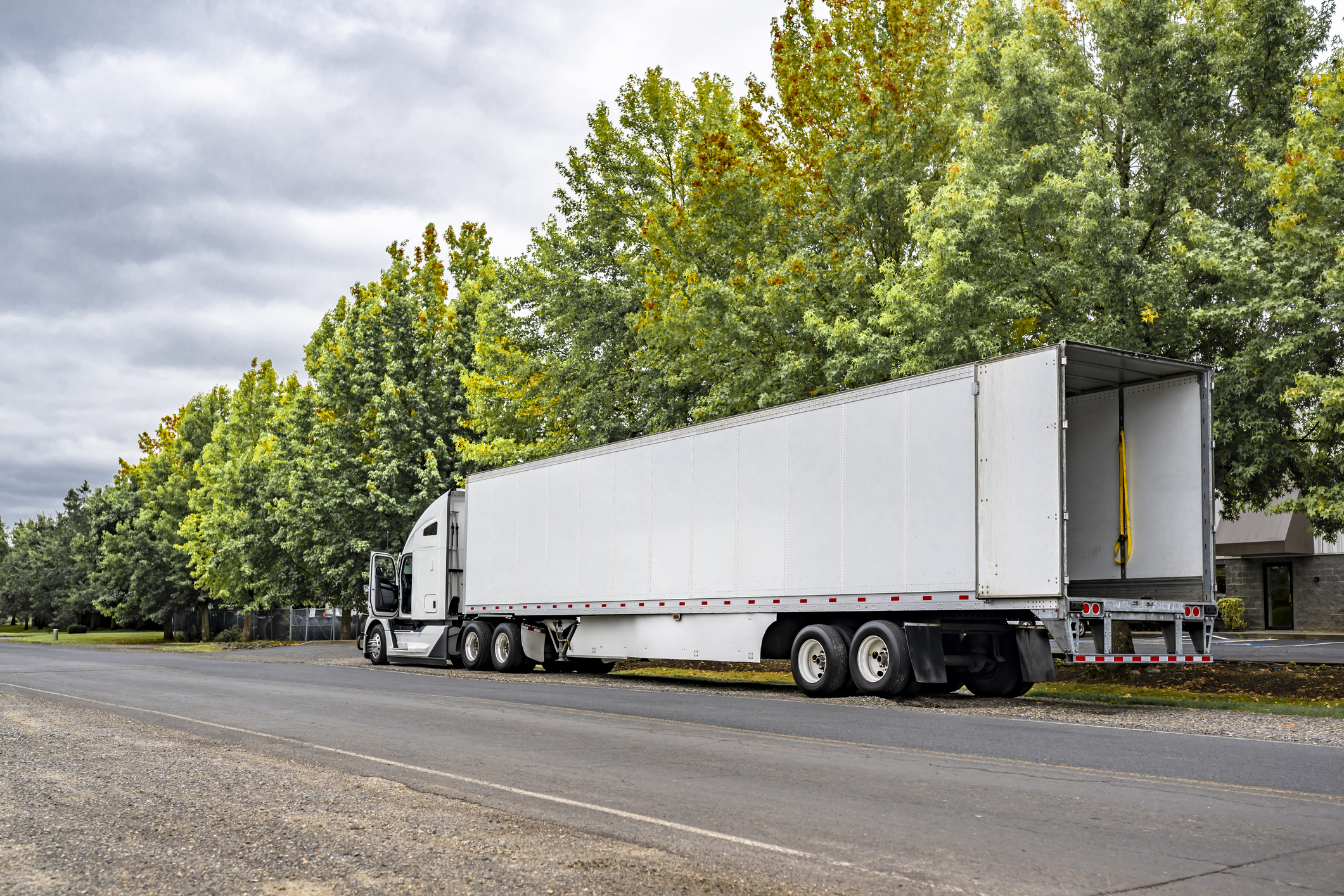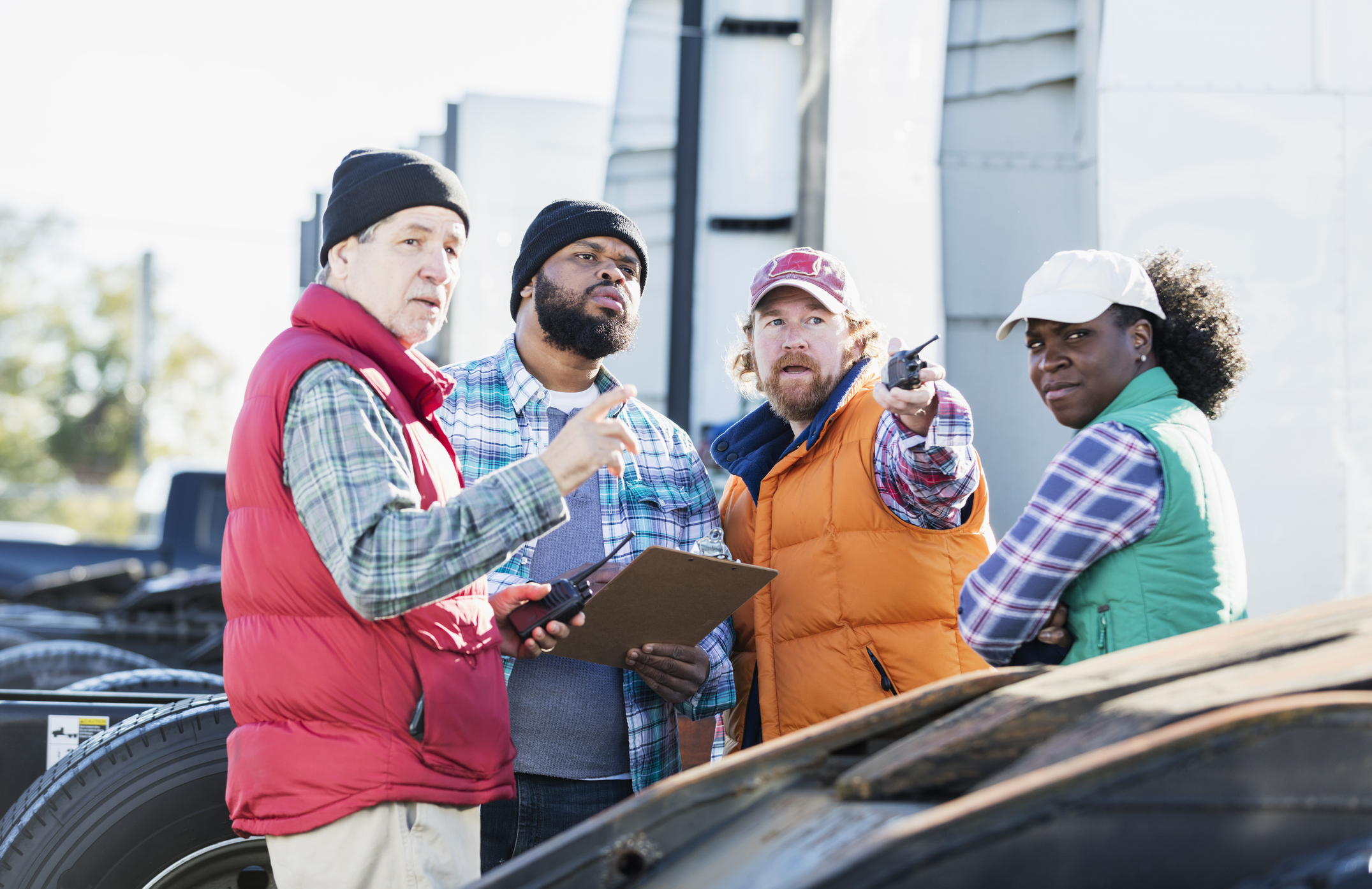Are Trucking Industry Changes Here for the Long Haul?

Everything is changing. It’s an important question: ARE trucking industry changes here for the long haul?
As the world is different now than it was three months ago, we’re looking ahead to understand how the trucking industry will continue to change. WorkHound invited trucking industry innovators to share how they’re tackling these uncertain times head-on. Today we’re sharing the answers to some of the top questions from the webinar.
To watch the full webinar click here.
It’s a broad question, but how will the trucking industry be reshaped?
Rebecca Brewster, President & COO at ATRI: It is a broad question, but do I think we have some clear indicators of what we can expect going forward. The ATRI research has documented data throughout this time that will help the industry going forward.
One of the things from our survey with OOIDA, where we had over 5,000 respondents, was the number of fleets that were not prepared for a situation like this. I don’t think any of us could have imagined the scope of this pandemic, but in our survey, 80% of respondents who were either owner-operator or small fleets didn’t have any sort of business continuity plan in place to be prepared for what has been a significant change in operation. Going forward it would behoove everyone in the industry to reflect on what has changed and how we can use that insight in the future.
Jackie Giefer, Director of Operations, Bay & Bay Transportation: There will be more paperless ways to do business. Less personnel and driver interactions with customer and warehouse. On the sales and office side, more virtual meetings. I’m hoping for more parking for drivers. It was definitely a fast-moving change for all of us, but I believe positives will come out of it. We had to catapult our technology resources. We were considering ways to improve our technology offerings, but due to the pandemic, we had to make the decision quickly, for both communication and orientation.
Mark Walker, Chairman and CEO at TransLand: It’s an exciting time for the industry. Out of every crisis situation comes wonderful opportunities for innovation. So much of it lies in our human resources innovation in how we utilize our most valuable resource and that’s our people. Technology is certainly helping do that in multiple ways. Remote working is going to improve the number of days available for workers to work. Less sick time for moms and dads. The words “agility” and “resiliency” come to mind. We had to turn on a dime and all of a sudden we had laptops available for everyone to work from home. The culture of our company matters and we’ll continue to evaluate how much of our culture we need to keep.
How will company culture evolve?
Giefer: The culture at Bay & Bay has always been family-oriented, and this has made Bay & Bay even tighter. Drivers are leaning on Bay & Bay everyday. They don’t have the same contact at truck stops they once had with one another so now they’re calling the company even more frequently. It’s become even more important to stay in touch with drivers and WorkHound has been helpful in that and staying on top of concerns. We’re certainly pulling together as one big family.
We have about 85% of folks working from home. Most of the upper management stayed in the office. Those that are working from home have been successful thanks to our IT department. They’ve grown accustomed to it and have become more effective. Personally I think those who are at home are more at ease and so when driver managers are talking to drivers, it’s more soothing.
Walker: Greatest productivity gain has been in orientation. We’ve gone from a 2.5-3 day orientation to 1.5 days, and we’ve moved parts of the orientation to video. Drivers do still come into the office, but we’re able to socially distance. We’ve also transitioned to a high-tech, high touch strategy.
What are some of the other ways that you see the responsibilities in this industry changing?
Brewster: Events have come to a halt. As an industry, we’ve figured out ways to communicate and network completely virtually. You can’t completely take away the value of in-person events and conducting things virtually. There’s a cost-savings in not spending money on travel. There’s a whole host of positives in becoming virtual. But drivers still have to remain in-person contact and so, carriers are finding additional ways to allow the in-person contact with protection and distance.
How do you see other industries evolving because of this?
Brewster: The whole supply chain has been impacted by this. Trucking companies will see changes on their customer side as well. Again, one of those silver linings I talked about is the positive light that’s been shown on the trucking industry, particularly our professional drivers and how valuable they are to society. So I think our interactions with our customers are not only going to change on our side, but I think there’s going to be a change on the customer side with better treatment for drivers, like limiting delays and detention.
Giefer: You can go to the doctor on skype now. The food industry: restaurants, people and wait staff. Travel industry: I had to fly recently and there were only about 10 people on the plane. Everyone is impacted by this. I do believe we’re going to see positive from this though.
Walker: We’re ordering our groceries from instacart on occasion. Last-mile delivery is a huge part of our industry, but I think it’s going to accelerate as consumers choose to utilize and get value-add from it. How we choose to receive goods as consumers is going to impact manufacturers and distributors and all sorts of things. Commercial real estate is going to change. I’m worried about what we’re going to do with all of the public office space when our office home becomes the new normal.
Brewster: One last thing to add, trucking isn’t an industry that you have to worry about getting laid off or furloughed and it keeps on trucking throughout the pandemic. So I do hope that as people are looking for work opportunities they consider trucking as a valuable, sustainable career.
What resources have been helpful to you throughout the pandemic?
Walker: The SBA, PPP Program. What a tremendous resource it has been to provide a safety net. It’s helped us provide a hybrid of a guaranteed pay program and that’s been invaluable in helping our drivers sentiment toward TransLand. I am just blown away by the commitment, loyalty and passion for the work drivers do for America. Additionally, we’re continuing to become more high-tech, but we’re cautious to avoid becoming too high tech and remaining high touch.
Rebecca: People have been the best resource for us. Increased participation in our research.
How are you handling the nationwide protests when it comes to driver safety?
Walker: I’m grateful we received this question because I think the DNA of our country is really on display with how we deal with this. Communication is critical. When you’re in transformation or a crisis you have to over-communicate. And you do that best by stopping talking and listening more. We have to listen with empathy. As leaders in this industry, we really have to understand where our drivers are coming from and then we have to reinforce the core values that all of our companies are built on. A key core value is safety. There isn’t one load of cargo that’s more valuable than driver safety. We’ll be reinforcing that a lot and continuing to over-communicate and over listen.
I look at this the same as when COVID-19 began. We’re getting the same questions and the same overall anxiety about personal safety. It was Day 2 and our drivers asked “what is TransLand going to do for us if I’m 1000 miles away from my family?” They just wanted to know that we’re going to take care of them. And we’re going to do whatever it takes to help drivers get home safely. I think that’s what we all would do, but you have to say it, intentionally, to provide trust.
Rebecca: State organizations are providing the latest information about road closures or whatever the case may be to their drivers. That’s where you really see the value of an association membership. Since COVID-19 began, the ATA has had a detailed website available with the latest information and state associations have been pushing that out. This week in particular I’ve seen a wealth of information being shared to help provide the latest insights.
If you have any additional questions following the June 3 webinar, reach out to our team of experts. We’re glad to discuss and share our insights with you.
Let's Build Better Workplaces Together
Revolutionize your company culture and your worker retention rates by improving communication and engagement.
Book a Demo

